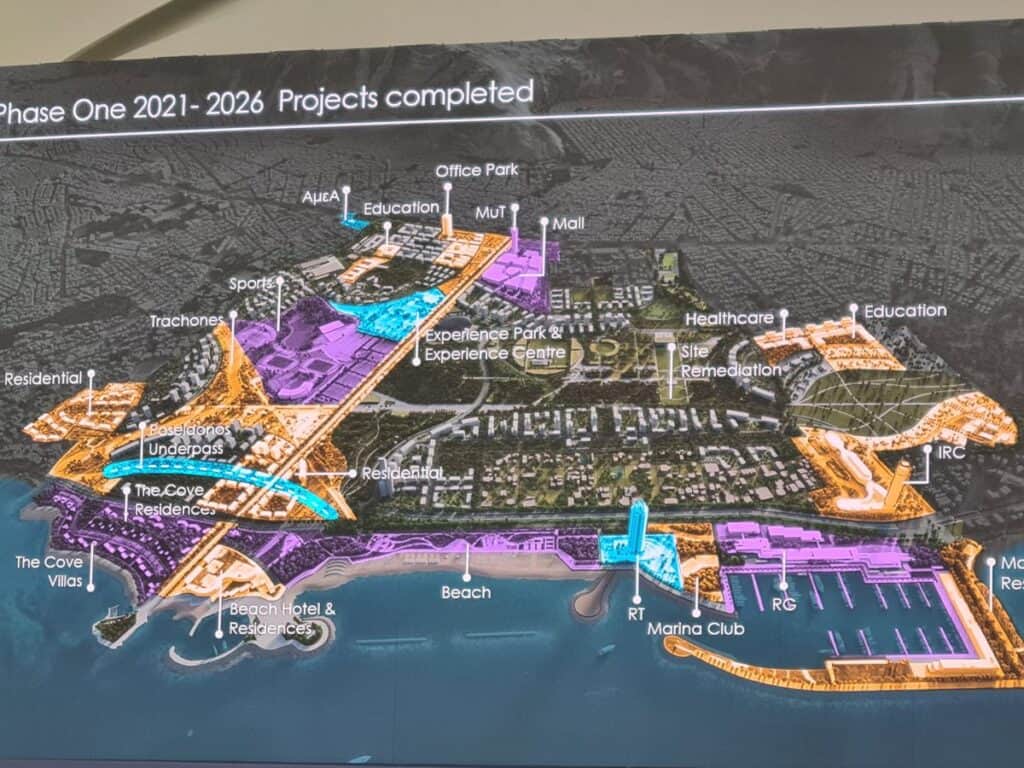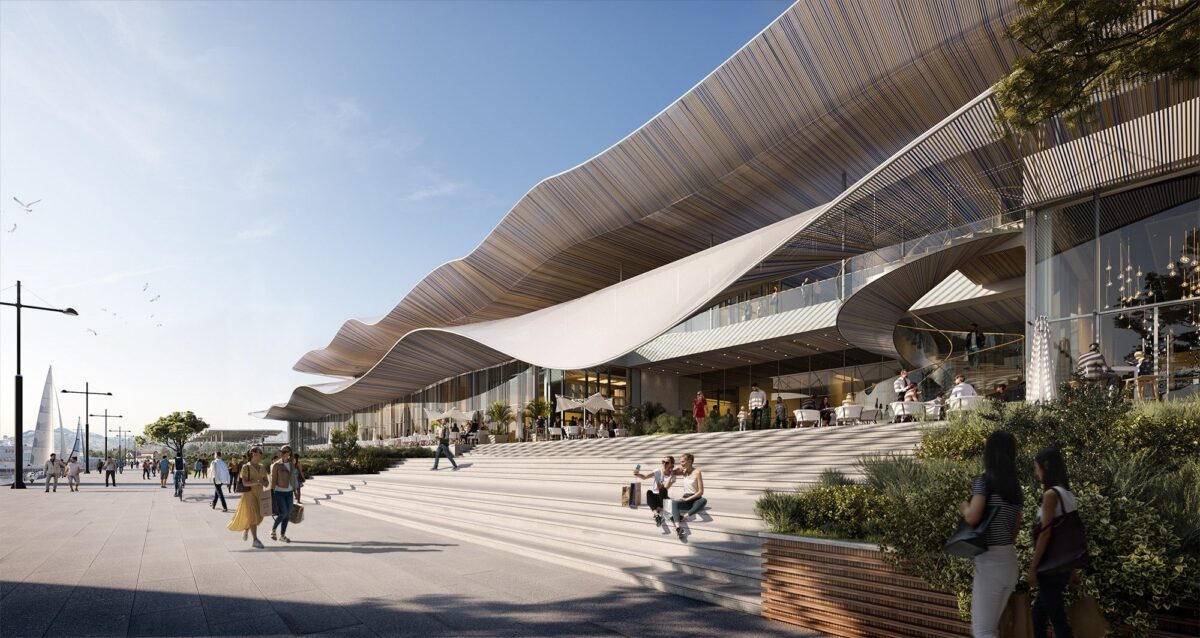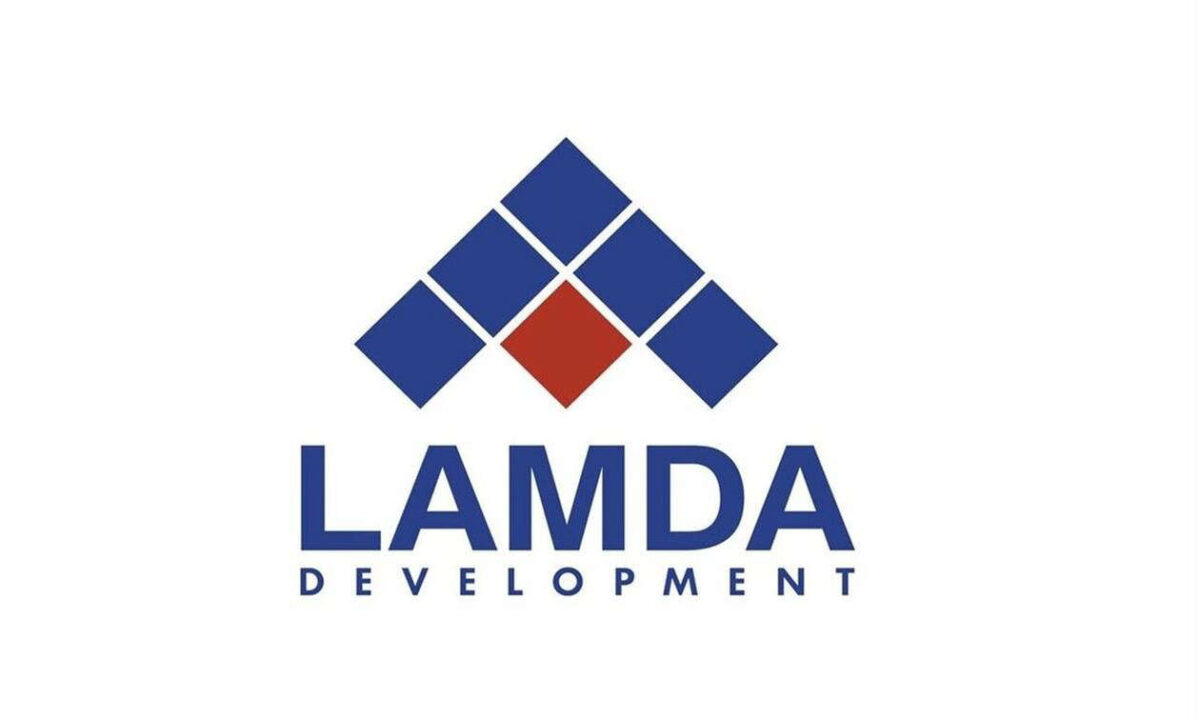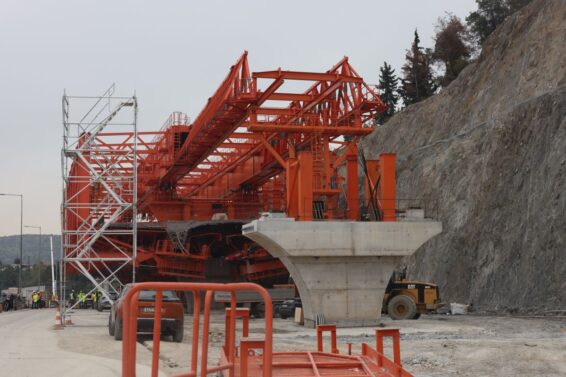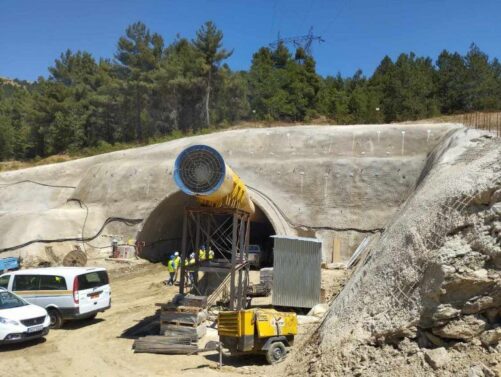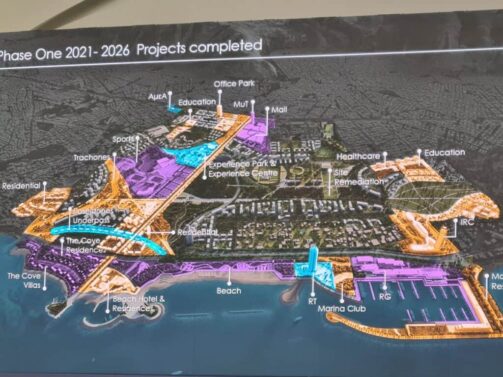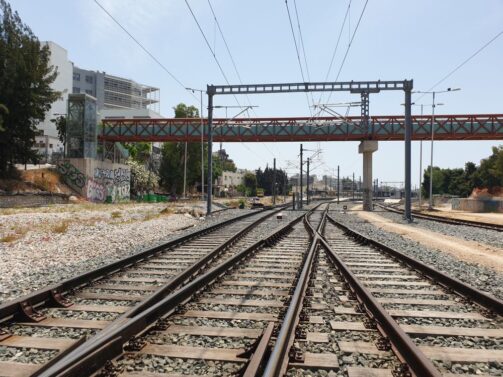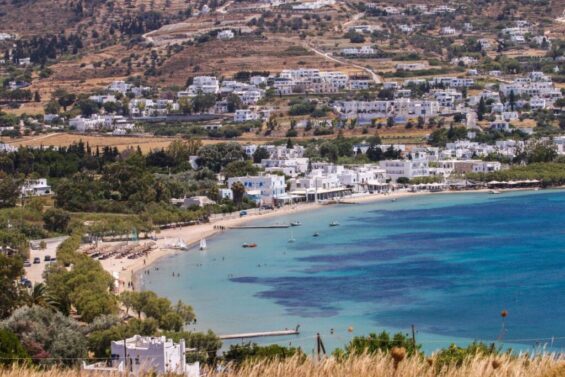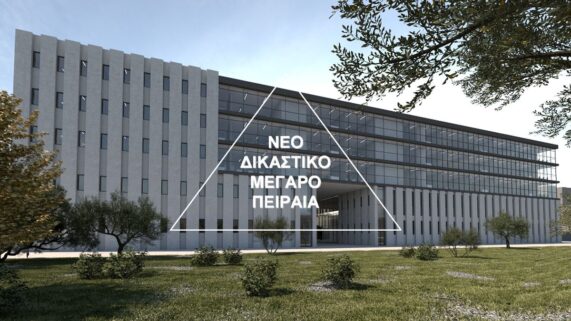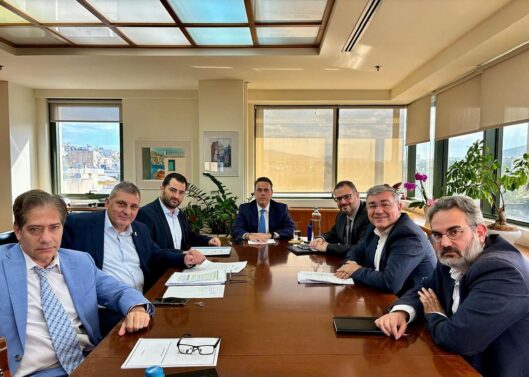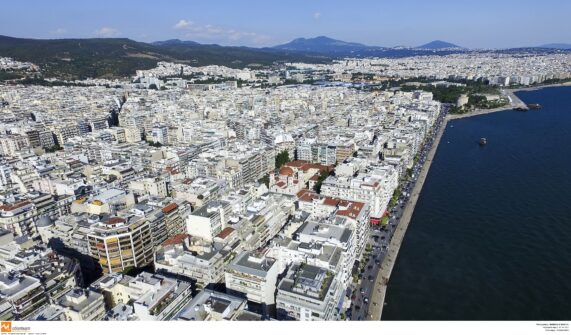When discussions about the extensions of the Attiki Odos began as early as the mid-2000s, the main reason was the growing traffic congestion in Athens and the need for the Attiki Odos to further alleviate it.
The financial crisis that followed halted the implementation of major infrastructure projects for many years, but interest in the Attiki Odos extensions resurfaced gradually from 2020 onward.
The year 2023 became a milestone for progress on these extensions, with the submission of the famous Standard Proposals for projects aimed at extending the highway towards Rafina, Lavrio, the Ilioupoli Tunnel, and the Elefsina-Oinofyta axis.
A notable aspect of the current discussion about these extensions is not just the obvious need to manage traffic but also the market’s interest in the implementation of these extensions.
It may be the first time that a large-scale project like the Attiki Odos extensions has attracted such keen interest from prominent investors in the Attica region.
Recently, Lamda Development, through its CEO, Odysseas Athanasiou, made known that studies for the Ilioupoli Tunnel and the bridge of Vouliagmenis Avenue had been submitted to the Ministry of Infrastructure, for some time now.
These studies were conducted under a memorandum of understanding between the Ministry of Infrastructure and Transport and Lamda Development, provided as a donation to the public sector. Mr. Athanasiou noted that given the heavy traffic on Vouliagmenis Avenue, the Ilioupoli Tunnel and bridge to the avenue are essential.
A few days later, at a conference, the representative of the HIG Capital investment fund in Greece, Konstantinos Bitros, as well as other industrial real estate professionals expressed their desire to see the Elefsina-Oinofyta axis implemented. This project would link the western section of the Attiki Odos with Viotia, achieving the so-called Attica Bypass.
As Mr. Bitros emphasized, this route would facilitate the movement of goods, especially from the port of Piraeus to northern Greece, while alleviating congestion in the Thriasio area, which is rapidly becoming a mega logistics hub. HIG’s investment through OB Streem alone, reaches 300 million euros.
Meanwhile, in its tenders for the ports of Lavrio and Rafina, the Hellenic Republic Asset Development Fund (TAIPED) has highlighted the benefits these highway extensions of Attiki Odos would bring, especially in terms of smoother passenger and freight transportation.
During a joint presentation by Dimand and Piraeus Bank about real estate investments in the summer, one reason cited in the decision for the significant investment of approximately 300 million euros in the Lavrio area was the easy access provided by the Attiki Odos extensions (and the Proastiakos Suburban Railway).
The Role of Major Investments
Beyond the clear benefits the Attiki Odos extensions will have on traffic management in Athens and Attica, we are entering a new era where these projects are not only a solution for smoother vehicle flow but also serve as crucial support and better ROI for major investments underway or planned in Attica.
It is evident that the 3+ billion euros invested in the first phase of the Ellinikon development alone will draw thousands of visitors daily. As Vouliagmenis Avenue already faces frequent congestion, the additional burden would likely exacerbate the problem.
Although the metro along Vouliagmenis Avenue and the tram on Poseidonos Avenue are advantages, they don’t seem to fully address the issue. Hence, Lamda Development has taken the initiative to propose studies for a tunnel linking the Western Perimeter of Hymettus with Vouliagmenis Avenue near Agios Dimitrios and a further upgrade of Vouliagmenis Avenue, extending up to the Ellinikon.
This project is viewed by many as a critical reorganization of the north-south traffic flow and would significantly improve travel times to and from the Eleftherios Venizelos Airport. According to some, this route would complete a continuous, signal-free ring road stretching from Kifissos to the Attiki Odos and down to Vouliagmenis Avenue via the Ilioupoli Tunnel.
On the western side of Attica, the proposed Elefsina-Oinofyta axis has notable characteristics and benefits for freight transport. With an increase in logistics real estate investments in the Thriasio area, truck traffic has surged and is expected to rise further.
A large portion of this traffic originates from the port of Piraeus, following the Piraeus-Thriasio-Attiki Odos-Athens-Thessaloniki National Road route.
According to market experts, the new axis would significantly relieve traffic on Kifissos, accelerating travel by 40-50 kilometers up to the northern borders of Greece and avoiding a saturated route, thus achieving much better travel times.
On the eastern side of Attica, the extensions toward Rafina and Lavrio no longer solely focus on port development, though this remains the primary driver.
The large-scale investments mentioned earlier complement the planned Attiki Odos extensions and their benefits for access to these areas. In Lavrio, in particular, there seems to be notable real estate activity, while the industrial zone also shows high potential.
The Regulatory Framework
From the Ministry’s side, Deputy Minister of Infrastructure Nikos Tachiaos recently emphasized the need to prioritize new infrastructure projects in Attica due to accumulated demands.
In previous statements, he had also mentioned the intent to improve the existing framework for Standard Proposals to make them more functional, through an amendment in Parliament.
To date, several Standard Proposals have been submitted for extensions toward Rafina, Lavrio, and the Ilioupoli Tunnel (along with preliminary studies) by the GEK TERNA-Aktor Concessions-Avax consortium, while GEK TERNA has submitted a proposal for the Elefsina-Oinofyta axis.
The intense interest from the market in these extensions, viewing them as development tools, is noteworthy.
It is certain that the topic will likely remain relevant in the near future as funding of over 1.5 billion euros will need to be secured, with public participation being a crucial factor.
Creativity will likely be required to bring this cluster of projects, discussed for 20 years, to life over the next 5-10 years, as they have become a major point of interest within the construction and investment communities.
ΜΗΝ ΞΕΧΑΣΕΤΕ
- Ακολουθήστε το ypodomes.com στο Google News και μάθετε πρώτοι όλες τις ειδήσεις για τις υποδομές στην Ελλάδα
- Αν είστε επαγγελματίας του κλάδου, ακολουθήστε μας στο LinkedIn
- Εγγραφείτε στο Ypodomes Web TV


